What is Vieta's formulas? Which grade's curriculum in Vietnam includes Vieta's formulas?
What is Vieta's formulas?
Vieta's formulas: The relationship between roots and coefficients of a quadratic equation
Vieta's formulas is an important tool in algebra, helping us explore the relationship between the roots of a quadratic equation and its coefficients.
*The Significance of Vieta's formulas
Quick equation solving: If we know the sum and product of two roots, we can form the quadratic equation without solving the original equation.
Verification of roots: After finding the roots, we can use Vieta's formulas to verify the results.
Solving problems related to the roots of a quadratic equation: Vieta's formulas helps us tackle more complex problems, such as finding the maximum or minimum values of expressions containing the roots.
|
Content of the formulas For the quadratic equation: ax^2 + bx + c = 0 (with a ≠ 0) that has two roots x1 and x2. In this case, we have: |

What is Vieta's formulas? Which grade's curriculum in Vietnam includes Vieta's formulas? (Image from the Internet)
Which grade's curriculum in Vietnam includes Vieta's formulas?
According to the Mathematics curriculum issued in conjunction with Circular 32/2018/TT-BGDDT, Vieta's formulas, fully known as Viète,
Based on Section V of the Appendix for the Mathematics curriculum issued in conjunction with Circular 32/2018/TT-BGDDT, the requirements for writing skills in Grade 9 Mathematics are as follows:
In Grade 9, as part of the section on Equations and Systems of Equations, students will learn about Quadratic Equations in One Variable. Vieta's formulas includes the following student requirements:
- Identify the concept of a quadratic equation in one variable. Solve quadratic equations in one variable.
- Calculate the root of a quadratic equation in one variable using a calculator.
- Explain Vieta's formulas and its applications (e.g., mental calculation of the roots of a quadratic equation, finding two numbers given their sum and product, etc.).
- Apply quadratic equations to solve practical problems.
Thus, according to regulations, students learn Vieta's formulas in Grade 9.
What happens if lower secondary school students in Vietnam do not take a test required for teacher evaluation?
Based on the regulations in Article 7 of Circular 22/2021/TT-BGDDT regarding periodic evaluation for lower secondary school students, the evaluation methods are as follows:
- Periodic evaluation (not applicable to groups of specialized study topics), includes midterm and end-of-term evaluations, conducted through: tests (on paper or computer), practical exercises, or study projects.
+ The duration for tests (on paper or computer) for a subject (excluding groups of specialized study topics) with up to 70 periods per school year is 45 minutes; for subjects (excluding groups of specialized study topics) with more than 70 periods per school year, the duration is between 60 and 90 minutes; for specialized subjects, a maximum of 120 minutes.
+ For tests (on paper or computer) evaluated by score, the test is designed based on a matrix, a description of the test, and must meet the requirements as specified in the Educational Program.
+ For tests (on paper or computer) evaluated by comments, practical exercises, or study projects, there must be guidelines and evaluation criteria according to the subject requirements as specified in the Educational Program before conducting.
- Each semester, every subject evaluated by comments has 01 (one) midterm evaluation and 01 (one) end-of-term evaluation.
- Each semester, every subject evaluated by comments combined with scores has 01 (one) midterm score (abbreviated as DDGgk) and 01 (one) end-of-term score (abbreviated as DDGck).
- Students who do not participate in the required number of tests and evaluations due to unavoidable reasons are allowed to make up the outstanding evaluations, with requirements equivalent to the missed tests. The make-up tests are conducted each semester.
- If a student does not participate in the make-up tests, they will be evaluated as Not Achieved or given a score of 0 (zero) for the missing evaluation.
Thus, lower secondary school students who do not take a required test for teacher evaluation will be given a make-up test. If the student does not participate in the make-up test, they will be evaluated as Not Achieved or given a score of 0 (zero).

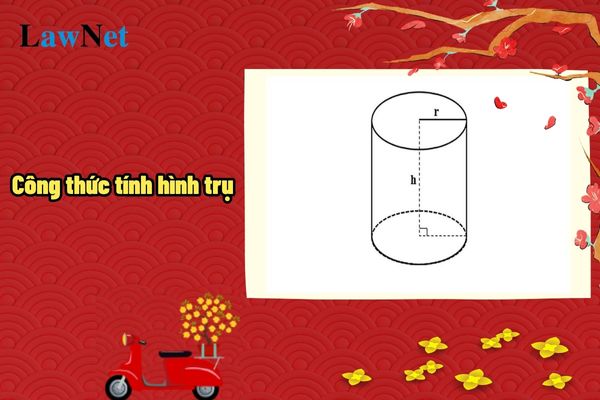
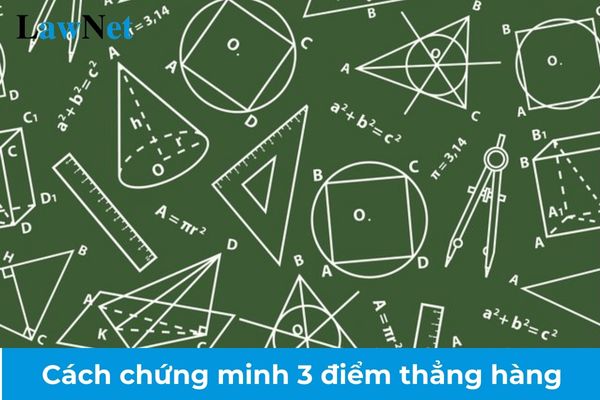
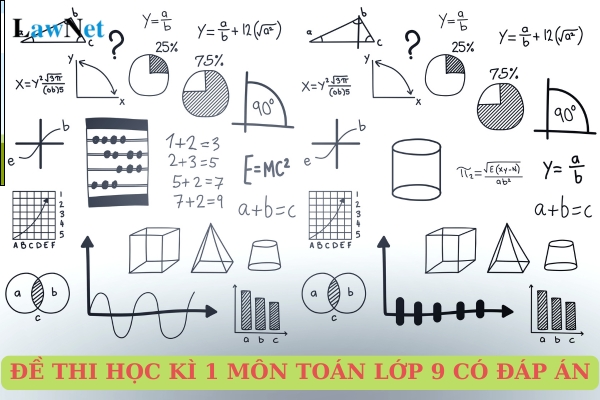
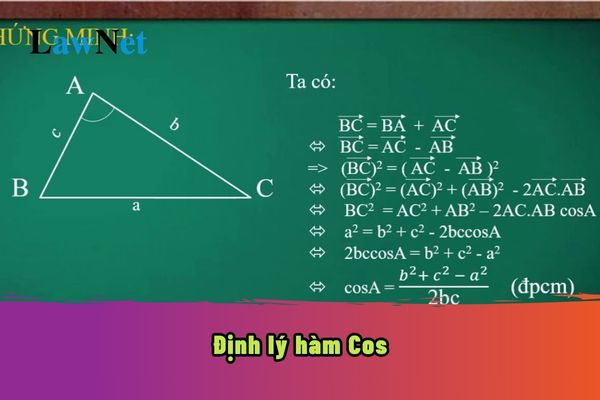
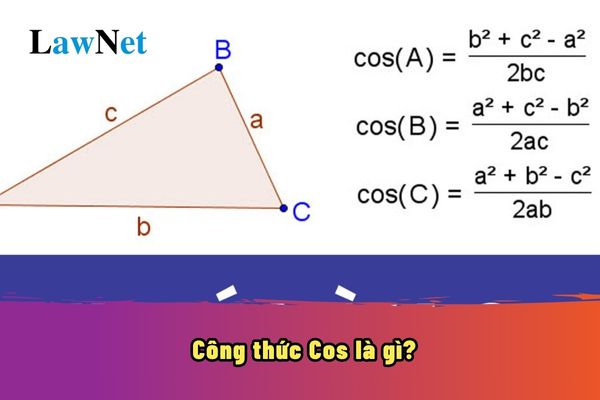
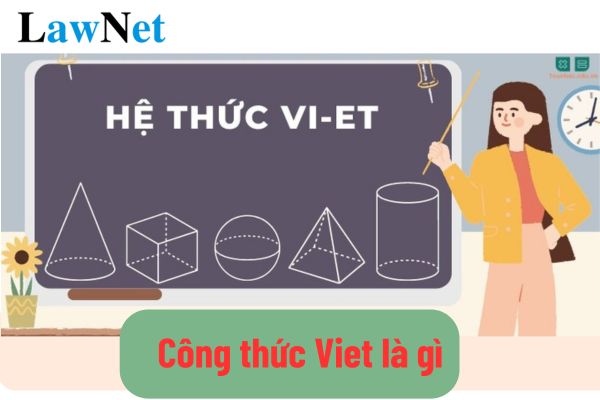
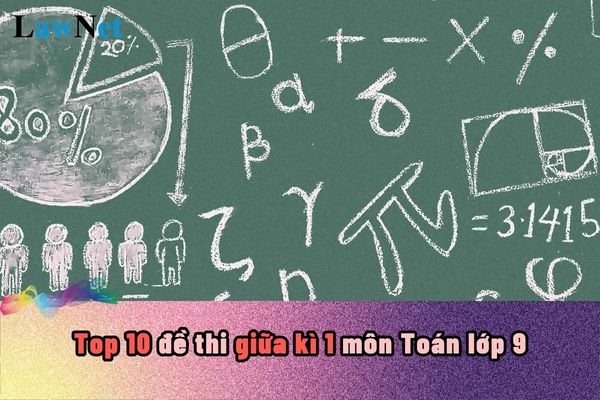
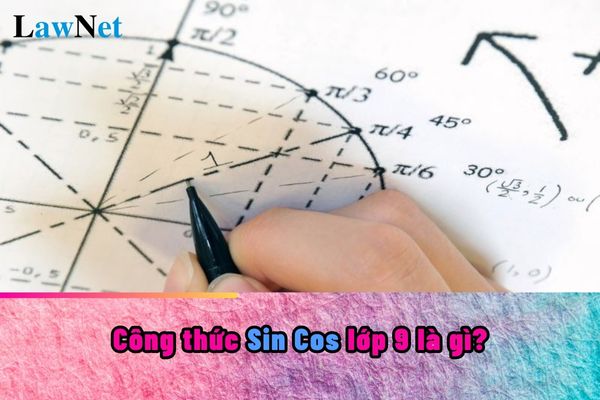
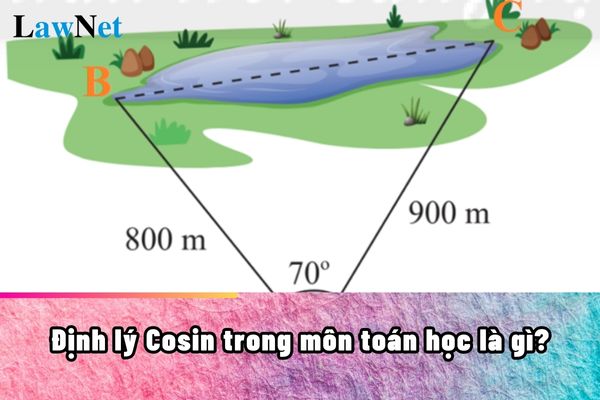
- What are the 02 2nd mid-semester question papers and answers for 7th-grade Chemistry in 2025? What are the manifestations of specific requirements in exploring the natural sciences under the Natural Sciences curriculum in Vietnam?
- What does metaphor mean? What are the examples of the rhetorical device of the metaphor? What is the grade at which students in Vietnam will learn the rhetorical question in the Literature curriculum?
- What is the other name of International Women's Day on March 8? How many teaching lessons are reduced for female upper secondary school teachers with young children in Vietnam?
- Vietnam: What are the lyrics and chords of the song "Quốc tế ca"? How many stages are there in the content of music education?
- What are the sample paragraphs showing thoughts on following trends among today's Vietnamese youth?
- Vietnam: What are the sample paragraphs about a favorite character in a read or heard story?
- What are the guidelines for presenting perspectives on patriotism? What is the nature of the content of Literature in Vietnam?
- What are the lyrics of the song "Bắc Bling"? What are the objectives of Music at the educational levels in Vietnam?
- What are the sample paragraphs expressing feelings about a poem? What is the current teaching norm for lower secondary school teachers in Vietnam?
- What are the sample paragraphs explaining why you like a story about love or gratitude for 6th-grade students in Vietnam?

